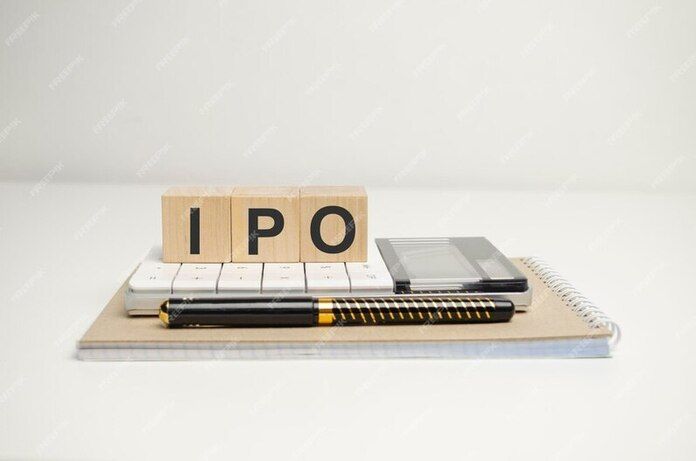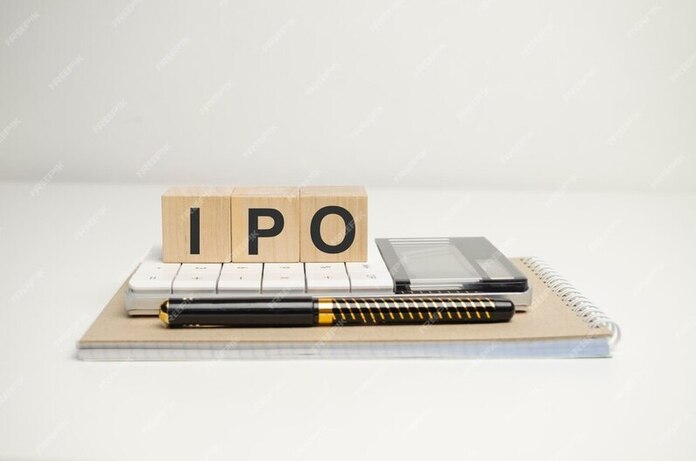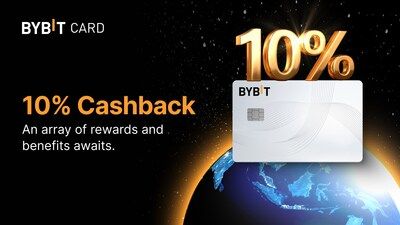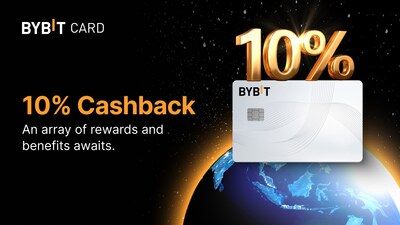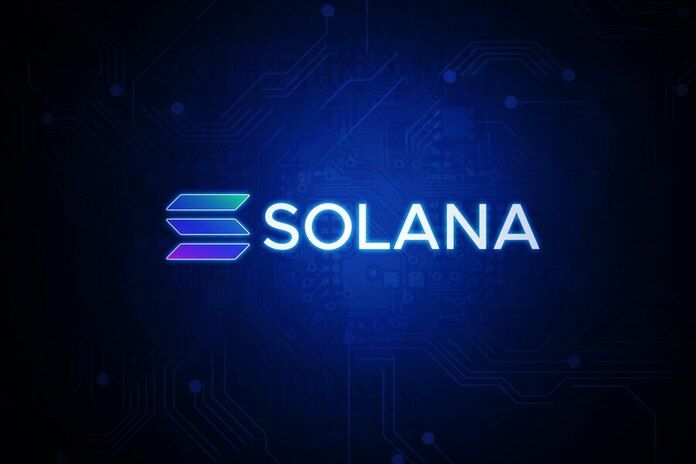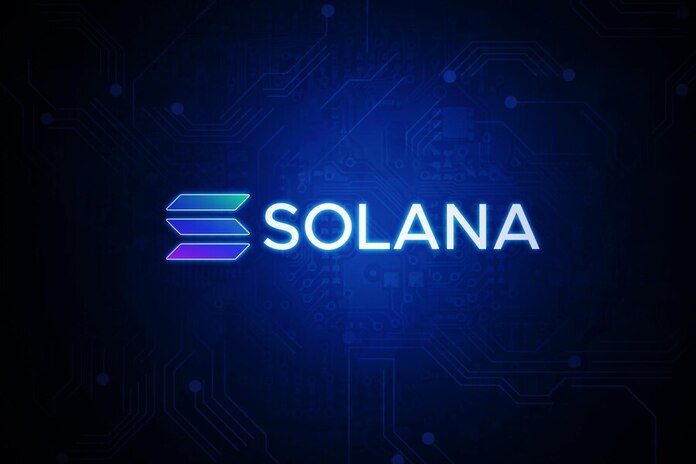After months of explosive growth in the Solana ecosystem, meme coins like Dogwifhat (WIF) are cooling off rapidly. As on-chain metrics slide and investor sentiment wanes, many are now asking: what’s the best Solana crypto to hold ahead of the next bull run?
WIF (WIFUSDT) recently dipped below the $1 mark, down over 36% from its peak earlier this year. Once the poster child of Solana’s meme coin craze, WIF now faces mounting sell pressure. On-chain data reveals that “smart money” investors have reduced their positions by more than 50%, with whale holdings also declining by 22%.
Meme Coins Fade as Utility Gains Traction
This isn’t just a WIF-specific issue. The broader Solana meme coin market is experiencing a cooldown. Daily DEX volume has fallen to a six-month low of $2 billion, and stablecoin transfer volumes are down from $20 billion to just $2 billion. These declines signal reduced liquidity and engagement across Solana-based DeFi.
Even more telling, the number of new meme coin launches has dropped more than 50% since January. Meanwhile, declining transaction volumes are weakening deflationary pressures, since Solana burns 50% of all transaction fees.
Despite these headwinds, Solana remains a top-three blockchain by activity, and its real utility may now be taking center stage.
Solaxy: A Utility-Driven Contender for Best Solana Crypto
As meme coins lose momentum, utility-first projects are stepping into the spotlight — and Solaxy may be leading the charge as the best Solana crypto of 2025.
Solaxy (SOLX) is the first Layer-2 solution built for Solana. Its mission is clear: increase scalability, reduce failed transactions, and make building on Solana faster and more efficient. That alone is significant, as Solana has faced network congestion in the past due to its rapid adoption.
Solaxy’s infrastructure is already partially live. Developers are testing bridges, deploying smart contracts, and monitoring rollup activity via the Solaxy testnet. The ecosystem includes a custom block explorer and a cross-chain bridge, laying the groundwork for what could become the backbone of Solana’s Layer-2 economy.
Strong Growth and Real Use Cases
Solaxy’s momentum is backed by numbers. The project has raised over $44.3 million ahead of its token launch, with investors joining via SOL, ETH, BNB, USDT, or even credit cards. The presale has just 11 days left, and all purchased tokens can be staked immediately, offering returns of up to 91% APY.
Importantly, Solaxy is building beyond speculation. It will launch Igniter Protocol and Solaxy DEX, enabling seamless token creation, trading, and liquidity provisioning — a key differentiator from the meme coin market, where value often hinges on hype alone.
Its integration with the Best Wallet app also gives users a KYC-free, privacy-focused option for managing assets — an increasingly attractive feature as crypto regulations tighten globally.
Solana Ecosystem Still Has Fuel
Even as WIF and other meme coins falter, Solana’s fundamentals remain strong. In May alone, Solana posted $121 million in Real Economic Value (REV) — up 37% month-over-month and more than Ethereum (ETH) or TRON (TRX). Application revenue across top platforms like Pump, Axiom, and Raydium (RAYUSDT) reached $214 million, showing that builders are still very active on the network.
Talk of a Solana ETF is further fueling speculation that the ecosystem may soon regain momentum. But this time, it could be utility-driven crypto — not meme coins — that takes the lead.
Final Thoughts
While hype-driven tokens like WIF captured attention during the last Solana bull run, the current pullback is separating speculation from substance. Projects like Solaxy, with real infrastructure, developer adoption, and strong fundraising, offer a compelling alternative.
If you’re looking for the best Solana crypto to buy ahead of the next leg up, Solaxy is one to watch — and possibly the next breakout story in the evolving Solana landscape.
Featured Image: Freepik
Please See Disclaimer

![]() View original content:https://www.prnewswire.co.uk/news-releases/gemini-announces-confidential-submission-of-draft-registration-statement-for-a-proposed-initial-public-offering-302475532.html
View original content:https://www.prnewswire.co.uk/news-releases/gemini-announces-confidential-submission-of-draft-registration-statement-for-a-proposed-initial-public-offering-302475532.html
